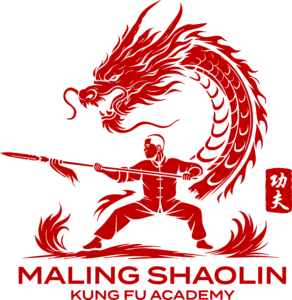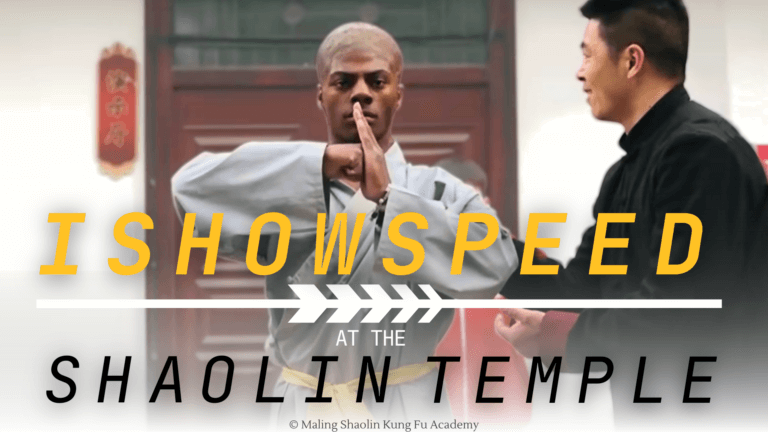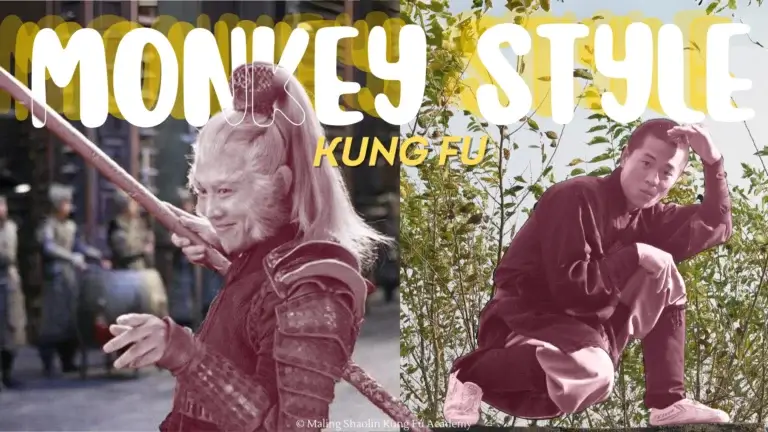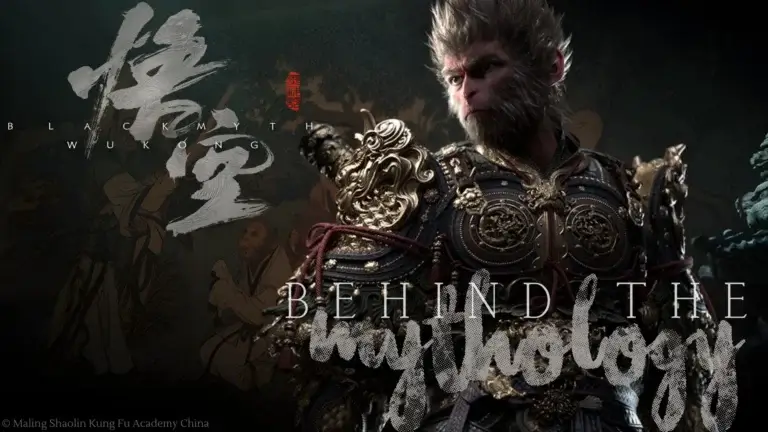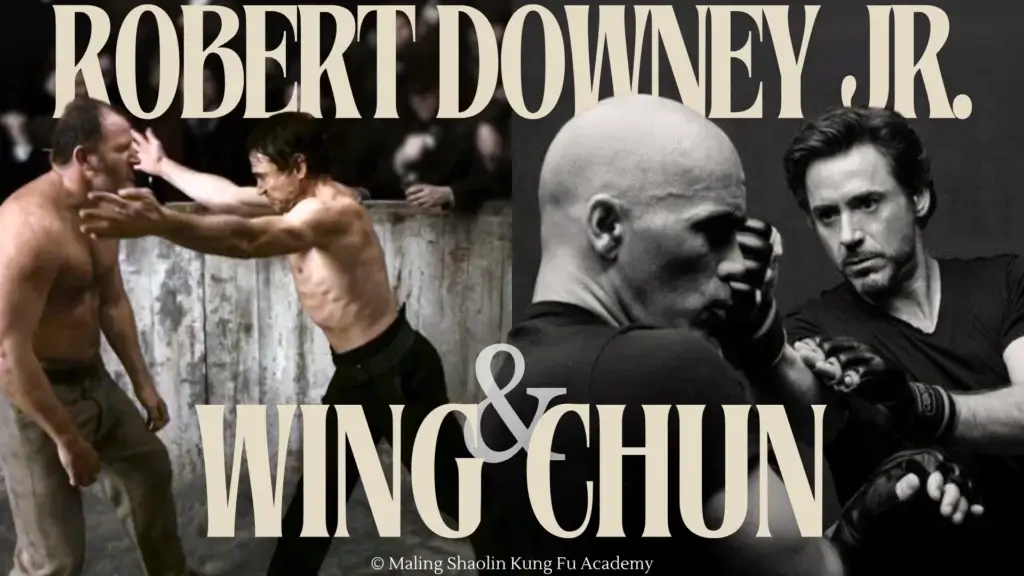
A Journey of Transformation and Its Cinematic Reflection in Sherlock Holmes
Robert Downey Jr. is one of Hollywood’s most iconic actors, known for his charismatic performances and remarkable personal transformation. Behind the scenes, a significant aspect of his life has been his dedication to the Chinese martial art of Wing Chun. This ancient discipline has not only played a crucial role in his personal journey but has also influenced his portrayal of the legendary detective Sherlock Holmes in the Guy Ritchie-directed films. This article delves into Robert Downey Jr.’s journey with Wing Chun, its impact on his life, and how this martial art was seamlessly integrated into the action-packed world of Sherlock Holmes.
The Personal Journey: Robert Downey Jr. and Wing Chun
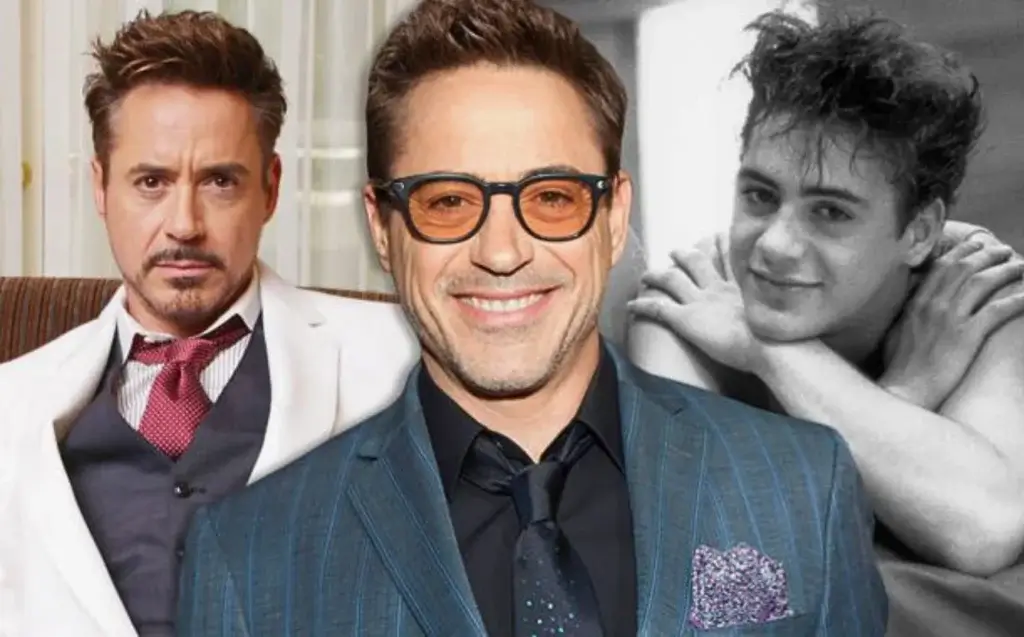
Robert Downey Jr.’s rise, fall, and comeback in Hollywood is well-documented. In the 1990s, his career was overshadowed by personal struggles, including legal troubles and substance abuse. During this turbulent period, Downey was introduced to Wing Chun, a traditional Southern Chinese martial art, by his friend and trainer, Eric Oram. Developed by the legendary Yip Man (Ip Man), Wing Chun emphasizes close-quarters combat, quick reflexes, and the efficient use of energy and momentum. It was famously practiced by Bruce Lee before he developed his own martial art, Jeet Kune Do.
For Downey, Wing Chun became more than just a method of self-defense—it became a vital component of his rehabilitation and a guiding philosophy. The discipline, focus, and mental clarity that Wing Chun demands helped Downey regain control over his life. The meditative aspects of the practice, coupled with its rigorous physical training, provided a positive outlet for his energy and an anchor during his recovery. Downey has often credited Wing Chun with helping him maintain sobriety and balance, describing it as a crucial part of his life.
Wing Chun in the Sherlock Holmes Films
When Guy Ritchie cast Robert Downey Jr. as Sherlock Holmes in the 2009 film, the decision to incorporate Wing Chun into the character’s fighting style was a natural one. Ritchie, known for his kinetic, fast-paced action sequences, found in Wing Chun the perfect complement to Holmes’ intellectual prowess and unorthodox methods. In the source material, Sir Arthur Conan Doyle had described Holmes as an adept boxer and master of Bartitsu (a form of self-defense developed in the late 19th century). The decision to incorporate Wing Chun into this mix brought a fresh and dynamic energy to the character.
The Integration of Wing Chun in the Action Choreography
In the Sherlock Holmes movies, Wing Chun is integrated into Holmes’ combat style in a way that reflects both his intelligence and eccentricity. The martial art’s focus on quick, precise strikes and its emphasis on defending and attacking simultaneously are showcased in the film’s meticulously choreographed fight scenes. For instance, in the bare-knuckle boxing match early in the first film, Holmes anticipates his opponent’s moves, mentally mapping out his strategy in real-time—a nod to the strategic and analytical nature of Wing Chun. The fight choreography highlights Holmes’ ability to stay calm under pressure, using his mind as much as his body to defeat opponents.
Moreover, the physicality of Wing Chun aligns perfectly with Holmes’ character. The detective’s ability to remain cool-headed, even in the most chaotic situations, mirrors the calm focus required in Wing Chun. The martial art’s economy of motion—where the shortest distance between two points is a straight line—is echoed in Holmes’ logical, deductive approach to solving crimes. The integration of Wing Chun adds layers to Holmes’ character, presenting him not just as a thinker, but as a formidable fighter who applies the same logic and strategy to physical confrontations as he does to his detective work.
The Philosophy of Wing Chun in Sherlock Holmes
Wing Chun is not just a physical discipline but also a mental and philosophical one. At its core, it teaches practitioners to remain centered, to conserve energy, and to be adaptive. This philosophy is evident in the way Holmes approaches challenges—whether they are intellectual puzzles or physical threats.
Holmes, like a Wing Chun practitioner, remains calm and observant, responding to aggression not with brute force but with precision and efficiency. The parallels are particularly evident in scenes where Holmes uses minimal effort to overcome larger and stronger opponents, reflecting Wing Chun’s principle of using an opponent’s force against them.
Robert Downey Jr.’s Commitment to Authenticity
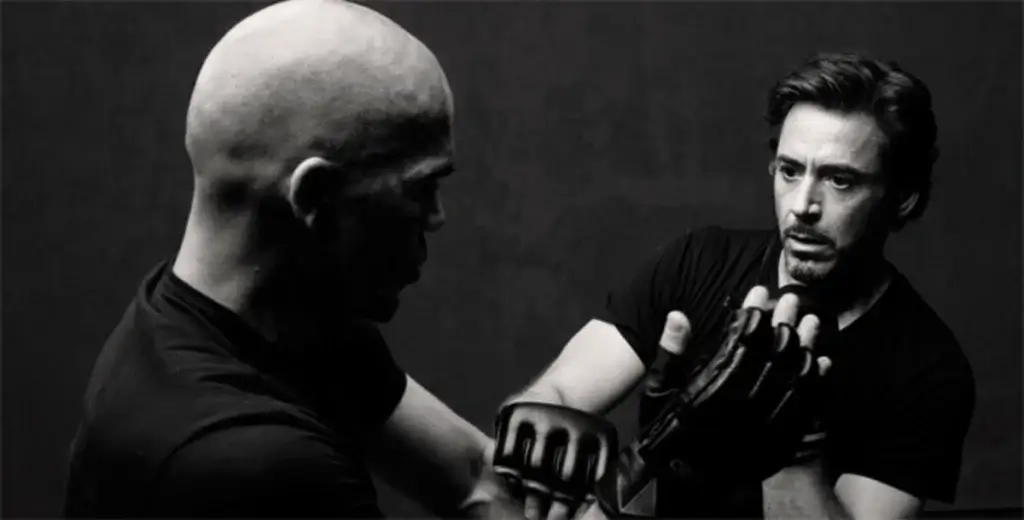
Downey’s personal commitment to Wing Chun ensured that his portrayal of Holmes was not just a surface-level depiction. The actor’s deep understanding of the martial art informed his performance, lending authenticity to the fight scenes. Eric Oram, Downey’s Wing Chun instructor, was brought on as a consultant for the films, ensuring that the techniques were accurately represented on screen.
Downey’s portrayal of Holmes thus becomes a reflection of his own journey. Just as Wing Chun helped Downey regain control over his life, it serves as a tool for Holmes to maintain his composure and effectiveness in a chaotic world. The discipline and mindfulness that Wing Chun instills are evident in both the actor and the character, creating a seamless connection between the two.
Conclusion: A Perfect Symbiosis of Life and Art
Robert Downey Jr.’s journey with Wing Chun is a testament to the transformative power of martial arts. His dedication to the practice has not only influenced his personal life but also enriched his portrayal of one of literature’s most iconic characters. The incorporation of Wing Chun into the Sherlock Holmes films adds depth and authenticity, making the action sequences not just visually impressive but also philosophically resonant.
The story of Downey and Wing Chun is one of redemption, discipline, and the pursuit of excellence. It is a journey that mirrors the very essence of Sherlock Holmes—a man who, like Downey, faces his demons head-on, using intellect, strategy, and discipline to emerge victorious. The result is a cinematic experience that is as intellectually stimulating as it is thrilling, grounded in a martial art that is both ancient and timeless.
